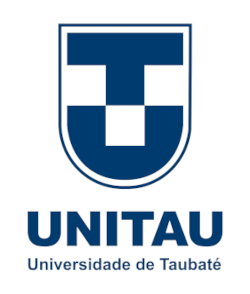Improving the efficiency of lime burning annular shaft kiln by gas recirculation
Resumo
Abstract. Older annular shaft kilns for lime burning that have been in operation for several decades may start to operate continuously at an excessively high excess air ratio. Because of this problem, stack losses increase, the kiln efficiency decreases, and fuel consumption increases. One may encounter the dilemma of how to operate the kiln at an optimal air excess ratio. Due to excessively high temperatures in the combustion chambers at optimal air excess ratio, the flame must be cooled with a greater amount of relatively cold secondary air. This results in greater heat loss with the exhaust kiln gas (stack losses), greater fuel consumption and lower kiln efficiency. The effects of increasing air excess ratio during the process of lime burning in an annular shaft kiln are specifically analysed. The paper deals with the the case from practice. The remodelled annular shaft kiln is presented in which the air excess ratio is reduced to its optimal level by using the recirculation of waste gas. The waste flue gas are cooled in recuperator and injected into the combustion chambers. That measure also reduces the stack losses, while the temperatures in the combustion chambers remain within the permissible range. The final result is the reduction of specific energy consumption for lime burning. The paper presents the results of measuring, diagrams, schemes as well the results of calculations.Downloads
Edição
Seção
Artigos





